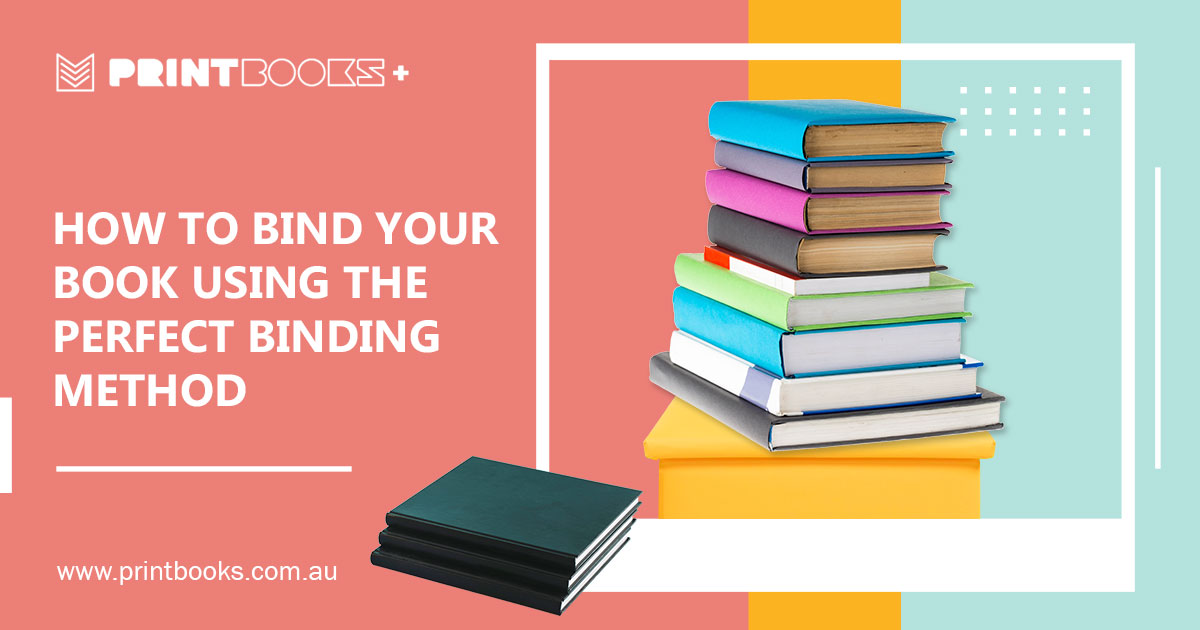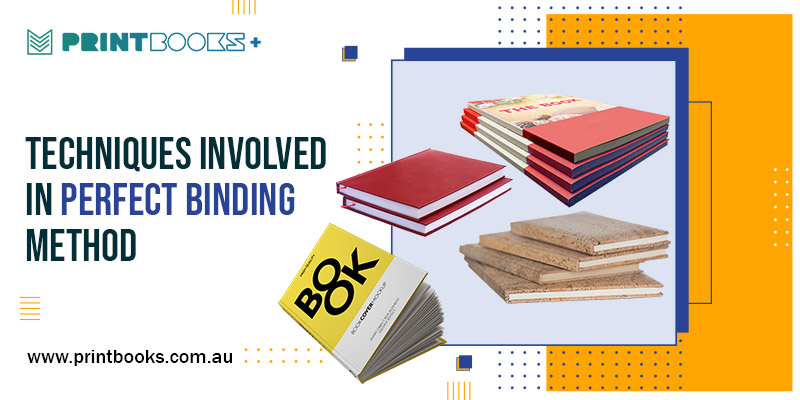How to Bind Your Book Using the Perfect Binding Method

Performing bookbinding is always an exciting experience. There are variety of ways to make your book stand unique. This uniqueness is achieved by determining the appropriate method of printing and binding based on the type of book you have.
Different Types of Bookbinding
The binding of the book reveals details about its production and intended use. A significant number of producers are developing the best binding technology in Australia.
Careful research is required in order to execute one of the many bookbinding styles that are available.
Case Binding-
Perfect binding is used for marketing brochures, books, and technical manuals that needs a professional appearance but does not require a hardcover. If you do not want to bother with all the stitching and sewing, this is an excellent way to bind.
Perfect Binding –
Some businesses may find QuickBooks Online more suitable than others. For example, service-based businesses or businesses with minimal inventory may find QBO more user-friendly.
Saddle Stitch –
Using metal strips and other objects, the pages are sewn together using the saddle stitch.
Comb Binding –
Comb binding entails inserting a comb through holes drilled into the book’s edge. This binding is used most frequently with volumes up to three inches thick.
Spiral Binding –
Spiral binding involves threading a metal or plastic coil through the holes in the book’s edge. The coils utilized range in a diameter from a quarter inch to two inches, and the book cover is readily doubled.
Thermal Binding –
Thermal binding involves heating the book’s spine and gluing the pages to it, allowing you to add or remove pages as needed by reheating the book’s spine.
Perfect Binding Method/Soft Cover Binding-
Professional and perfectly bound books are obtained through the perfect binding method. The perfect binding process is affordable, reliable, and suitable for books with dimensions between 1.25 inches and 2.25 inches. Another advantage of this method is that the spine of the book is broad enough to print the title directly on it. To protect the book, the cover is made of thick cardstock paper that is laminated. This method can be used to create technical manuals, books, easy notebooks, notepads, paperback magazines, and paperback novels without a hardcover.
Steps Involved In Perfect Binding
No thread or stitching is required for the perfect binding procedure; just some glue and some patience. Following are the steps involved:
- The pages are piled into a block and are neatly placed in the right order.
- Abrasives are used to expose paper fibers along the block’s edge.
- A strong glue is applied to this roughened edge.
- Now a cover is wrapped around the block of pages and is left to dry.
- A nice finish is added by trimming the open edges of the book.
Techniques Involved in Perfect Binding Method

Preparing the book block
The book block is made by stacking all of the pages together like a book, tapping the stack against the tabletop, and then fastening it with a clamp or binder clip. Clips won’t leave marks if you place some scratch paper under each one. The book block is prepared for adhesive application by having the spine edges ground off with a guillotine.
Application of adhesive
For DIY and hobby bookmakers, ordinary PVA/Elmer’s glue is used. An adhesive stronger than PVA is utilised for professional applications. Strong adhesive is applied to the book’s spine using a paintbrush or foam brush from the centre to each outer edge, equally distributing the glue. To acquire a polished 1-2 inch spine, let the glue cure and repeat the process 2-3 times. To prevent the paper from buckling and bowing out as your glue dries, press the paper block under anything heavy and flat.
Wrap-around cover
The soft cover around to be glued should be longer than the book block when it is wrapped around. Apply a tiny coating of glue to the paper and stick it, or press the card stock’s untreated spine evenly against the still-wet glue book block. Remove the clamps after a minute and begin folding at the pre-scored lines so that the front and rear covers fall in the designated crisp line. Finish it by evenly applying weight or heavy books to the entire surface. For a more thorough definition, the soft covers can be made of kraft stock, textured stocks, or glossy stocks.
Trim the excess
Now that it has fully dried, trim the paper blocks’ excess portions, try decorating the cover, and fill up the gaps as necessary.
Essential Factors to Consider While Designing
Gutters –
The gutter portion inside will take up to ¼’’ to 3/8’’ of each page as these books cannot rest flat. Therefore, it is wise to cushion the binding side margins of each page by an additional 1/2 inches.
Crossovers –
Images might span two adjacent pages as crossovers due to the inside gutter issue.
Spine width-
The spine width may widen as the number of pages and quality of the paper stock increase. It may also be styled with colours, text, or an image.
Pros of the Perfect Binding Method
- Enhanced visual appeal with featured clear coated cover.
- Easily scaled up to meet the production volume required by commercial book publishers.
- Offers you top-notch perfect-bound books.
- It is possible to make the binding at a lower cost and higher quality.
- Increases durability while maintaining operational costs.
- Offers a polished appearance.
Cons of the Perfect Binding Method
- The pages do not lie flat due to glued spine.
- Little more expensive than many other methods.
- Troubled glue pot tank wherein all the pigments, fillers and foreign particles get deposited on the tank layer along with the adhesives.
- Less heat transmission to the glue as a result of the layering of particles.
- Charring results from improper dust extraction from the dust generator.
Wrapping up
Indigenous professionals at Print Books have worked tirelessly to enhance the way books are bound by developing new products and variations that include everything from folding to trimming to finishing the bookbinding cycle. Print Books is one of the best custom bookbinding and book printing companies in Australia.
We examine the best binding approach, providing advice and suggestions for better upkeep. Our bookbinding stands out due to the employment of cutting-edge revolutionary processes and the industry’s broad spectrum of experience.
To get your books perfectly bound together, reach out to Print Books.
